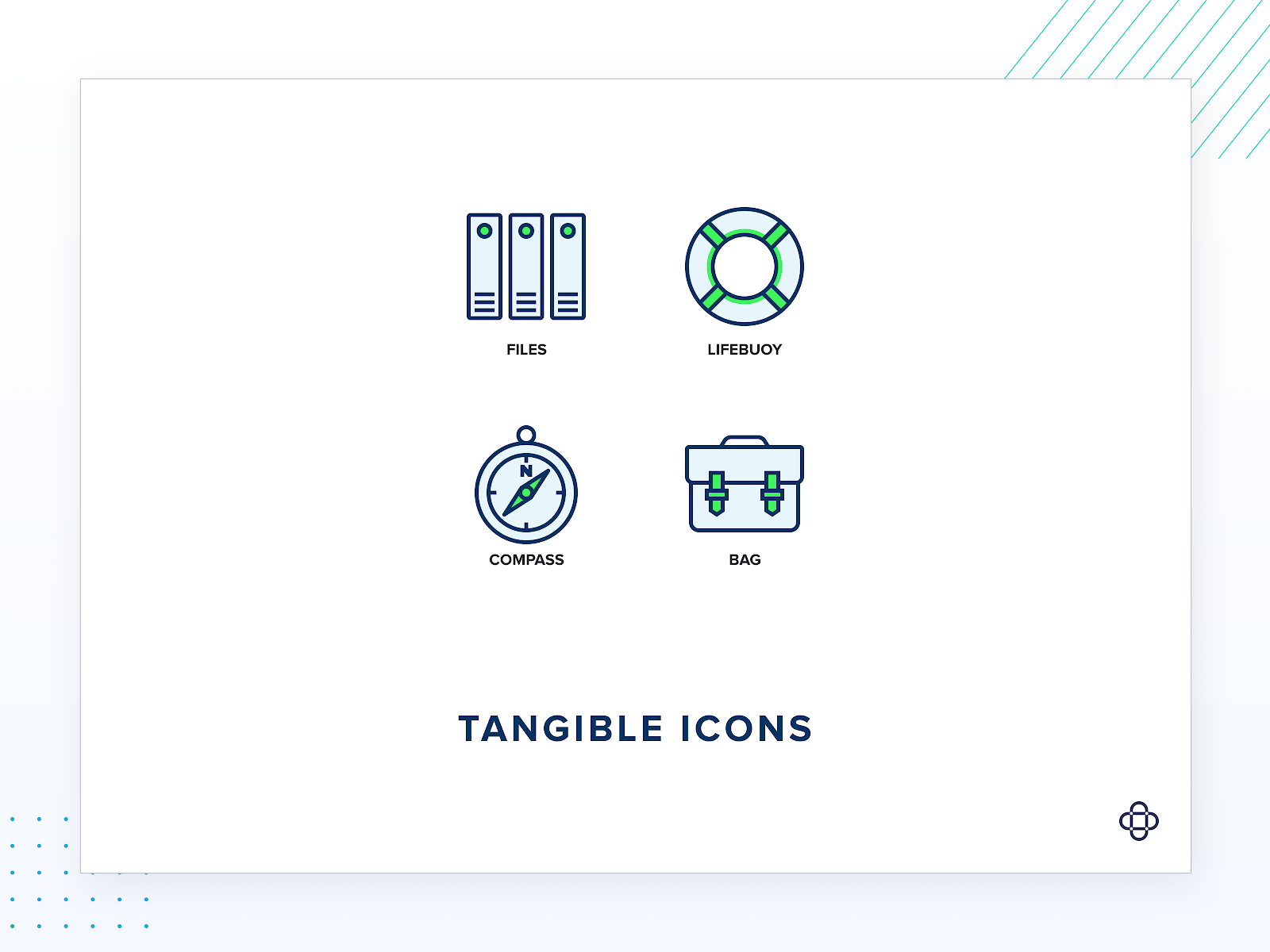Tangible icons are physical objects or symbols that represent something specific or carry a particular meaning. These icons are typically used in various contexts, including communication, education, and design, to convey information or concepts in a more tangible and easily understandable way. Tangible icons can be especially useful when working with individuals who have limited language skills or when attempting to convey complex ideas in a simplified form.
For example, in early childhood education, tangible icons like colorful shapes or objects may be used to teach basic concepts such as colors, shapes, and numbers. In the field of communication, tangible icons can be employed as visual aids for individuals with disabilities to facilitate their understanding and expression of ideas.
Tangible icons are different from digital or virtual icons, which are typically found on computer screens and represent functions, applications, or objects within a software interface. Intangible icons, on the other hand, are physical, touchable representations of concepts or objects.
Below are some example icons of tangible icons.

The term "intangible icons" is not a commonly used phrase or concept in mainstream language or academic discourse. However, we can break down the two parts of the term to understand it better:
"Intangible": This word refers to things that cannot be touched or physically perceived. Intangible assets, for example, are assets that lack a physical presence, such as intellectual property, trademarks, patents, copyrights, or goodwill.
"Icons": In a general sense, icons are symbols or representations that are widely recognized and carry significant meaning. Icons can be physical objects or images that represent something larger or more important.
So, when you combine these two concepts, "intangible icons" could potentially refer to symbols, concepts, or representations that hold significant cultural, social, or symbolic value but do not have a physical form or tangible existence. These could include ideas, ideals, beliefs, or values that are deeply ingrained in a society or culture and are widely recognized and respected, even though they can't be touched or seen in a concrete, physical way.
Without a specific context, it's challenging to provide a more precise definition or explanation of what "intangible icons" might refer to. If you have a specific context or usage in mind, please provide more details, and I'll do my best to provide a more targeted explanation.
Also read: What is Minimalism in UI/UX?

Hopefully this is answering your question about tangible vs intangible icons.
Having trouble finding the perfect icon library
Openstrokeicon has the largest library of icons available online, providing a wide variety of premium icons to improve your projects. Furthermore, visit Sketchish for customized icons made to fit your brand. Their designers have the expertise to realize your particular vision, guaranteeing that your brand stands out with custom icons.






